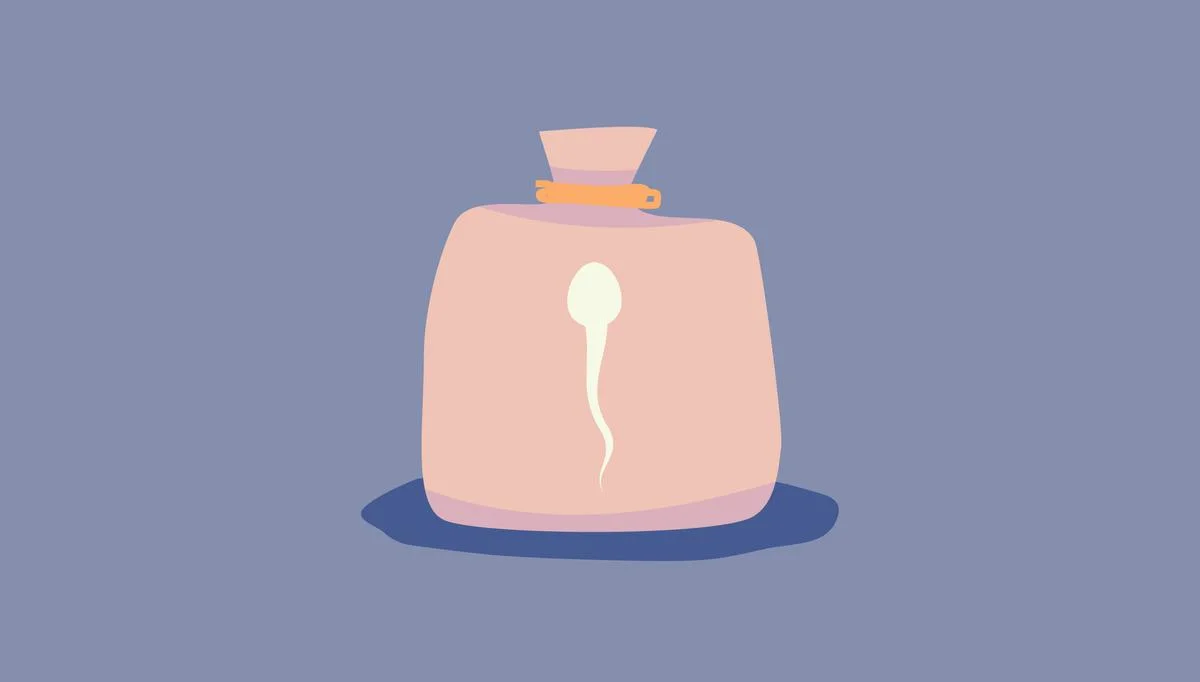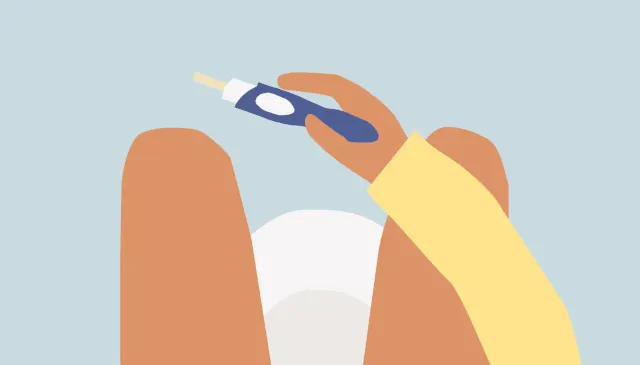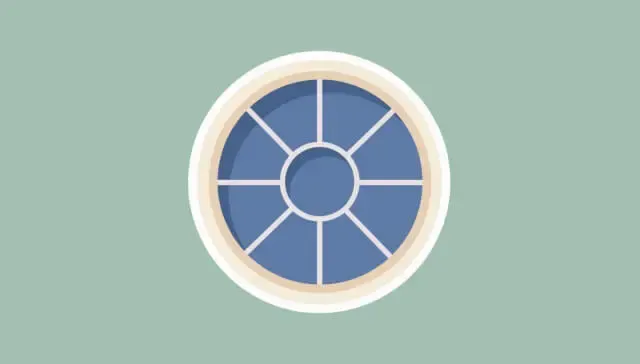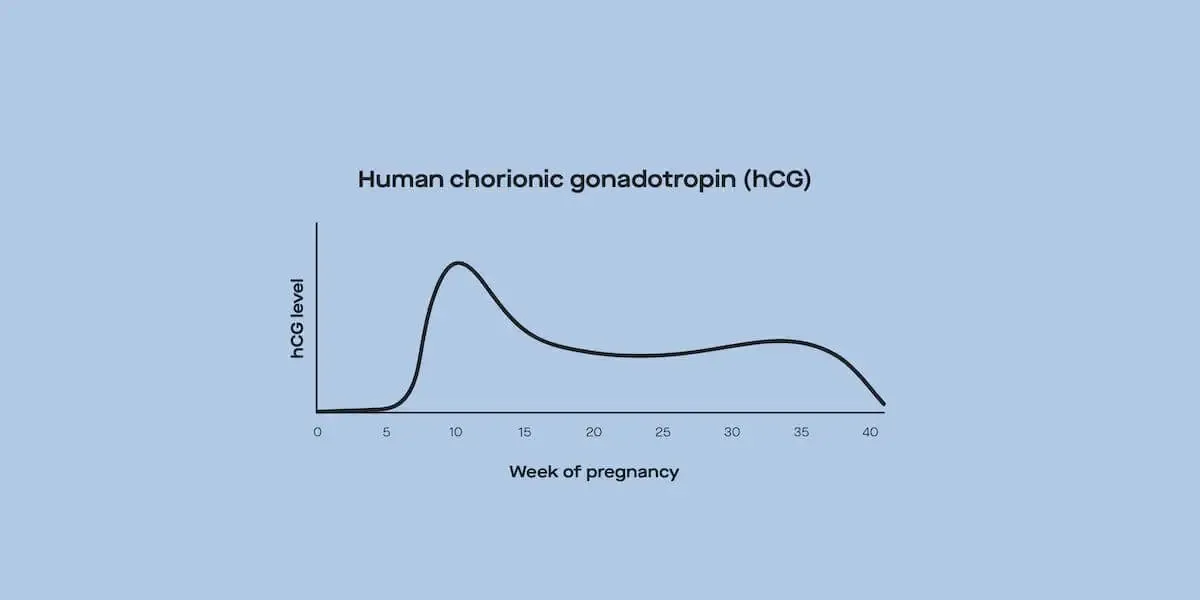Here's what we'll cover
Here's what we'll cover
An oophorectomy is the surgical removal of one or both ovaries—organs that produce and release eggs and produce hormones that help regulate your menstrual cycle and prepare your body for birth.
The procedure is done for a handful of reasons, including the treatment of ovarian cancer. Some risks come with the surgery, like developing a hormonal deficiency. Typically, healthcare providers will only recommend an oophorectomy when the benefits outweigh the risks.
What is an oophorectomy?
While the overall definition of an oophorectomy is the surgical removal of the ovaries, there are actually several types of oophorectomy procedures (Lawson, 2021):
Salpingo-oophorectomy: Removing both fallopian tubes and the ovaries
Unilateral salpingo-oophorectomy: Removing one ovary and its attached fallopian tube
Unilateral oophorectomy: Removing one ovary but keeping its fallopian tube in place
Bilateral salpingo-oophorectomy: Removing the fallopian tubes and ovaries on both sides
Which procedure your doctor performs will typically depend on the reason for the oophorectomy.
Why is an oophorectomy performed?
The most common reason for undergoing an oophorectomy is the treatment of ovarian cancer.
Whether your healthcare provider removes one or both ovaries will depend on the cancer’s type and severity.
And if you have a family history of ovarian cancer or have the BRCA1 or BRCA2 gene mutation, your doctor may suggest an oophorectomy before any cancer cells develop—this is called a prophylactic oophorectomy.
For those with the BRCA2 gene, an oophorectomy may also reduce the likelihood of developing breast cancer after menopause (Kotsopoulos, 2016).
Other reasons for an oophorectomy include (Lawson, 2021; Niro, 2018):
Non-cancerous (benign) masses like cysts that do not resolve on their own
Ovarian torsion, a painful condition in which the ovary twists around the ligaments holding it in place, cutting off blood flow to the area; this is a surgical emergency
Pelvic inflammatory disease, an infection of the uterus; oophorectomy is rarely used for this, as antibiotics are usually effective at clearing the infection
Endometriosis, a condition in which the tissue that lines the uterus grows elsewhere in the body; oophorectomy is not commonly recommended for endometriosis but can be part of a management strategy if other approaches have failed
Oophorectomy side effects and risks
Like any surgery, an oophorectomy comes with some risks, including (Erekson, 2014; Lawson, 2021):
Infection
Bleeding
Anesthesia complications
Injury to the surrounding organs
Scar tissue
Blood clots
Because the ovaries produce sex hormones that are crucial for menstruation and fertility, oophorectomies can cause early menopause and infertility.
Menopause after oophorectomy
Healthcare providers typically avoid performing elective oophorectomies in those who are premenopausal because the procedure can affect someone’s hormones, leading to things like a drop in estrogen levels.
For example, if you’re younger than 55 and have both ovaries removed (bilateral oophorectomy), you’ll enter into menopause early, potentially leading to symptoms of menopause like hot flashes or depression.
Other risks associated with decreased estrogen due to bilateral oophorectomy include:
Osteoporosis
Cognitive impairments
Decreased sexual functioning
Premature death
However, depending on your condition, you and your healthcare provider may decide that the benefits of oophorectomy outweigh the risks.
Fortunately, healthcare providers can prescribe estrogen add-back therapy to help reduce the likelihood of developing some of these conditions. Estrogen add-back therapy is a treatment that involves taking a low dose of estrogen to help maintain a hormonal balance (Erekson, 2014; Shuster, 2008).
Oophorectomies and preserving fertility
Oophorectomies can also potentially cause infertility, especially if both ovaries are removed.
If you have both ovaries removed before the age of 45, you will not be able to have children naturally—but you may be able to have your eggs retrieved from your ovaries before your oophorectomy and stored for later use.
If you have not had a hysterectomy (removal of the uterus), then the stored eggs can be fertilized using in vitro fertilization and transferred to your uterus at a later date.
If you have had a hysterectomy, the stored eggs can be fertilized and carried by a surrogate (Benard, 2021). However, egg retrieval may not be an option for some women who need emergency surgery or have extensive ovarian disease.
For ovarian cancer caught early and limited to one ovary, surgeons can perform fertility-sparing surgery, removing just the affected ovary.
Research shows that patients who conceived within three months of having fertility-sparing procedures did not have an increased risk of adverse pregnancy outcomes (Nitecki, 2021). However, infertility is still a risk, even with one ovary, following treatment with chemotherapy or radiation because those treatments can affect the remaining ovary (Wright, 2009).
Preparing for an oophorectomy
Your healthcare provider will explain the type of surgical procedure you need and what to expect and answer any questions you may have, like what your options are for preserving your fertility.
If you decide to have an oophorectomy because you have a BRCA gene, your healthcare provider will also discuss other cancer-preventing care, such as a mastectomy.
If you need to have both ovaries removed, your medical provider may want you to start taking estrogen. If there are other treatments you may require after or around your procedure, such as chemotherapy or radiation, your provider will discuss these with you.
It’s normal to feel strong emotions if you are dealing with an oophorectomy, possible side effects, and the underlying conditions that resulted in the surgery. Your healthcare provider, a mental health specialist, or local and online support groups can help as you navigate these feelings and events.
What happens during an oophorectomy
Most oophorectomies are outpatient surgeries, meaning you won’t need an extended hospital stay following the procedure.
Oophorectomies are typically laparoscopic procedures in which the surgeon makes a few small incisions in the abdomen and belly button instead of one long incision, which is known as a laparotomy (Lawson, 2021).
During the laparoscopic surgery, your doctor will remove either one or both ovaries, one or both of the fallopian tubes, and potentially the uterus—a hysterectomy—depending on the most appropriate care for your condition.
Depending on your underlying condition, your surgeon may perform fertility-sparing surgery, removing only the affected ovary. And if ovarian cancer is the reason for your oophorectomy, your provider may also take a biopsy of the uterus or surrounding tissue to confirm the cancer hasn’t spread (Wright, 2009).
Recovering from an oophorectomy
After your procedure, your surgical team will transfer you to a recovery room, and if you had a laparoscopic procedure, you might be able to return home within a day. However, if you had open abdominal surgery, you will likely need to stay in the hospital a bit longer.
Your healthcare provider will give you some recovery instructions like how to clean your incision site, what activities you should avoid, and what medications you need to take.
It’s important that you take this time to rest and follow your healthcare provider’s instructions to avoid any post-op complications.
Oophorectomy: long-term outlook
Menopause starts quickly after oophorectomy for those who have both ovaries removed. If you were already postmenopausal before your procedure, you won’t notice any changes since you have already gone through menopause.
If it is safe for you to take estrogen, your doctor will likely start you on hormone replacement therapy, which will help reduce menopausal symptoms such as hot flashes and vaginal dryness.
Those who only have one ovary removed will continue to have a menstrual cycle, though the cycle length may be irregular. And if you opted for fertility preservation, your doctor will let you know when it’s safe to try to conceive, whether naturally or through IVF and related procedures.
DISCLAIMER
If you have any medical questions or concerns, please talk to your healthcare provider. The articles on Health Guide are underpinned by peer-reviewed research and information drawn from medical societies and governmental agencies. However, they are not a substitute for professional medical advice, diagnosis, or treatment.
Benard, J., Streuli, I., Biondo, A., et al. (2021). Successful in vivo retrieval of oocytes after ovarian stimulation for fertility preservation before oophorectomy by laparotomy for a young patient with ovarian cancer: Case report and review of literature. Gynecologic Oncology Reports, 37 , 100791. doi:10.1016/j.gore.2021.100791. Retrieved from https://www.sciencedirect.com/science/article/pii/S2352578921000953
Erekson, E. A., Martin, D. K., & Ratner, E. S. (2013). Oophorectomy: the debate between ovarian conservation and elective oophorectomy. Menopause, 20 (1), 110. doi:10.1097/gme.0b013e31825a27ab. Retrieved from https://www.ncbi.nlm.nih.gov/pmc/articles/PMC3514564/
Kotsopoulos, J., Huzarski, T., Gronwald, J., et al. (2017). Bilateral oophorectomy and breast cancer risk in BRCA1 and BRCA2 mutation carriers. JNCI: Journal of the National Cancer Institute, 109 (1). doi:10.1093/jnci/djw177. Retrieved from https://academic.oup.com/jnci/article/109/1/djw177/2905636?login=true
Lawson, A., & Rentea, R. (2021). Oophorectomy. StatPearls. Retrieved on Mar. 28, 2022 from https://www.ncbi.nlm.nih.gov/books/NBK559235/
Niro, J. & Panel, P. (2018). Interest of hysterectomy with or without bilateral oophorectomy in the surgical treatment of endometriosis: CNGOF-HAS Endometriosis Guidelines. Gynecologie, Obstetrique, Fertilite & Senologie, 46 (3), 314-318. doi:10.1016/j.gofs.2018.02.019. Retrieved from https://europepmc.org/article/med/29530555
Nitecki, R., Clapp, M. A., Fu, S., et al. (2021). Outcomes of the first pregnancy after fertility-sparing surgery for early-stage ovarian cancer. Obstetrics & Gynecology, 137 (6), 1109-1118. doi:10.1097/AOG.0000000000004394. Retrieved from https://journals.lww.com/greenjournal/Abstract/2021/06000/Outcomes_of_the_First_Pregnancy_After.19.aspx
Shuster, L. T., Gostout, B. S., Grossardt, B. R., et al. (2008). Prophylactic oophorectomy in premenopausal women and long-term health. Menopause International, 14 (3), 111-116. doi:10.1258/mi.2008.008016. Retrieved from https://journals.sagepub.com/doi/abs/10.1258/mi.2008.008016
Wright, J. D., Shah, M., Mathew, L., et al. (2009). Fertility preservation in young women with epithelial ovarian cancer. Cancer: Interdisciplinary International Journal of the American Cancer Society, 115 (18), 4118-4126. doi:10.1002/cncr.24461. Retrieved from https://acsjournals.onlinelibrary.wiley.com/doi/full/10.1002/cncr.24461












